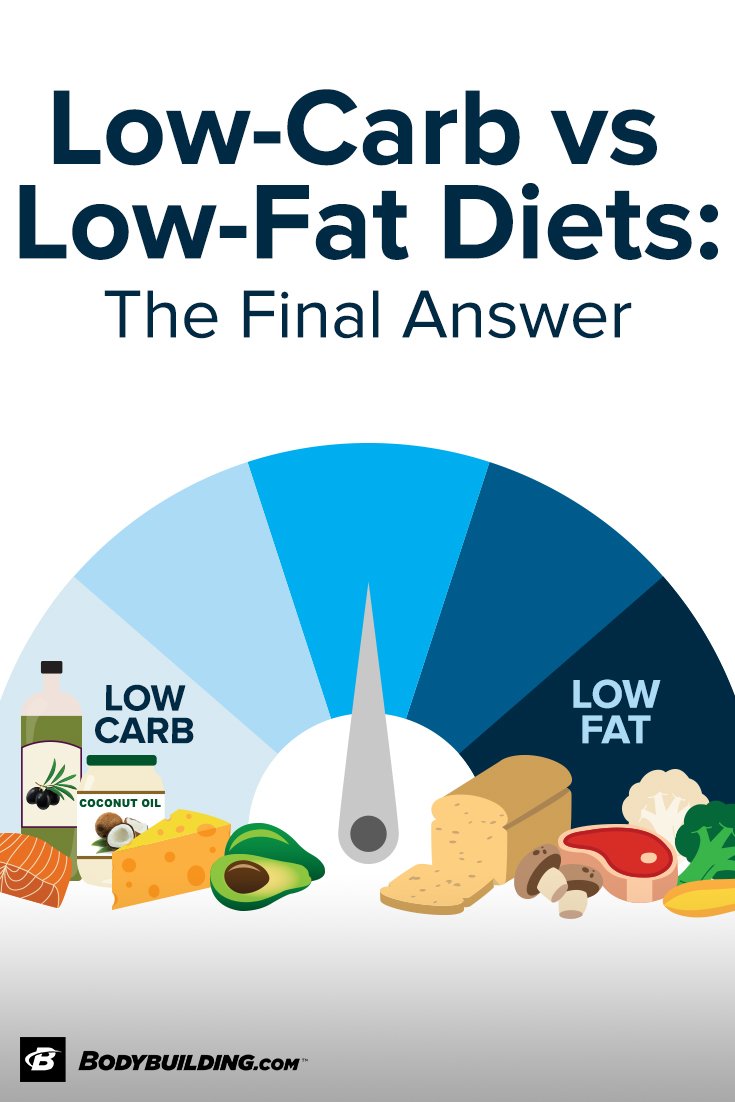

- CRONOMETER VS CARB MANAGER UPDATE
- CRONOMETER VS CARB MANAGER UPGRADE
- CRONOMETER VS CARB MANAGER FULL
I’ve only used a free Cronometer account, because it has all the features mentioned in this review, and that’s more than enough for me.īut if you want more, you can upgrade to Cronometer Gold. It looks identical to the daily data reports in your food diary, which makes it simple to understand. This lets you see a more fair analysis of your overall nutrient intake, so that you can see if you’re really deficient in any particular nutrient.

Once you start tracking your food intake for a while, you can head over to the “trends” menu option to see some pretty graphs and charts of your data. The benefit from this is that the nutritional data for foods should be much more accurate on average. Part of the reason that Cronometer has a smaller food database than a competitor like MyFitnessPal is that it doesn’t allow user submissions. If you eat a lot of those, it’s going to be a pain.
CRONOMETER VS CARB MANAGER FULL
This is just one aspect of a food tracker, you can see my full Cronometer vs MyFitnessPal review here.īut if you want to be as accurate as possible, you may have to manually enter in everything about certain foods as a “custom food”. I personally don’t mind picking a close alternative like Vega which will have similar nutritional values. If I type in “PlantFusion protein powder” into MyFitnessPal, it comes up no problem:īut in Cronometer, it doesn’t come up at all: What that means is that it has data for all typical whole foods (fruits, vegetables, etc.), and major brand names for pre-prepared or packaged foods.īut as I briefly mentioned before, Cronometer won’t have nutritional data for a lot of specific processed or packaged foods.įor example, take one of my favorite protein powders, PlantFusion. Food Variety on CronometerĬronometer pulls food data from multiple major food databases: NCCDB, USDA, ESHA, CRDB. It’s especially useful when tracking those hard to get nutrients like vegan sources of calcium. I’ve found it handy when I’m wondering which foods contribute to which nutrient intake. The most important nutrient targets are at the top of this section, and they are color coded to make it obvious if you’re short on anything.Ī nice feature that cronometer has is how simple it is to see the individual nutrient content of any food you added to that day.īy highlighting a food in your foods list, all the nutrient data will update. It should look something like this when you scroll down a bit:
CRONOMETER VS CARB MANAGER UPDATE
How easy is it to view your overall nutritional intake?Īs you add food to a certain day of your food diary, you will notice that the nutritional intake values on the page update with it. Once you add a custom food or recipe, you can search for it when adding foods to your diary, and there’s also a tab for “custom” foods in the search input box. But once you know where everything is it’s simple enough. I think the UI could be improved a bit, the “add ingredients” button isn’t obvious at first. I recorded a short video (no sound) to show you how this works: While it’s not super obvious at first, there is a “FOODS” menu option at the very top.Ĭlicking that brings you to a screen where you can add a single food or recipe. Or what if you make a certain meal often, and don’t want to input the individual foods every time – yes, I actually did this for a few weeks before I looked this up.

So what if you can’t find a food that you ate? (And you can’t find a good close alternative.) I’ve had no trouble finding any foods that I wanted, other than a few times when I searched for a very specific brand.

It’s a very smart search box, as it seems to show you your most popular foods as default, so it gets faster and faster to use over time. When you click the button, a search box will pop up on the center of your screen. To add food, you click the “add food” button at the top of the screen: You can navigate to different days of your “food diary” using the big green arrows at the top of your screen. I’m just focusing on food tracking in this review, so there’s only a few things I really ever use. The dashboard is clean and there are only a few actions you can take, all of which are at the top of your screen. Other than a few features that I eventually looked up to use, most things are obvious. Overall, I found Cronometer very intuitive to use. That’s standard for any food tracking app. When you sign up, you answer a few questions to calculate your basal metabolic rate. How easy is it to view your overall nutritional intake?.


 0 kommentar(er)
0 kommentar(er)
